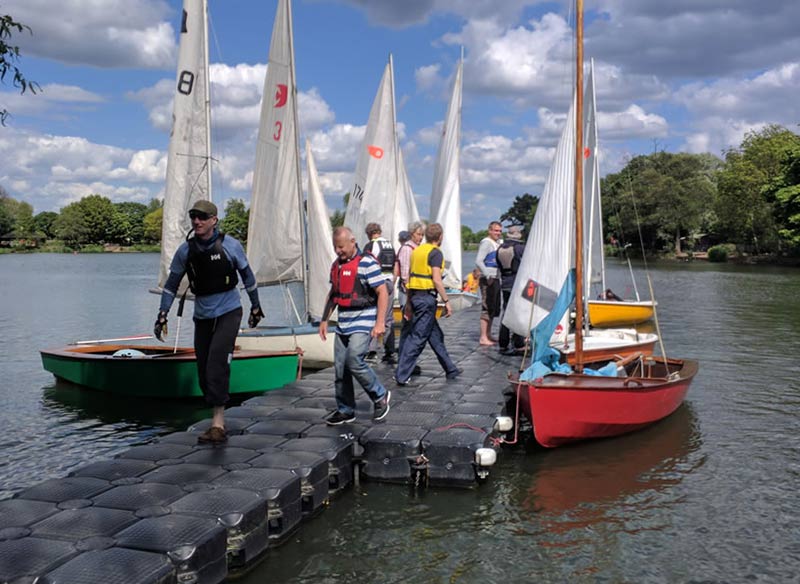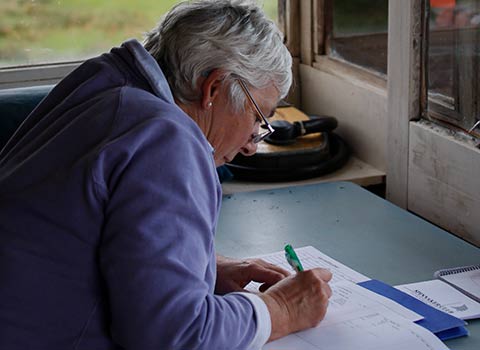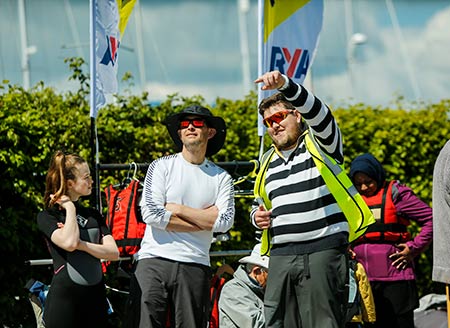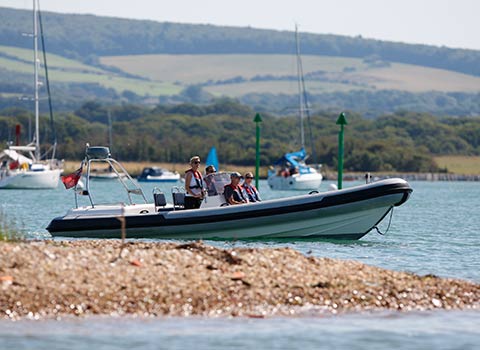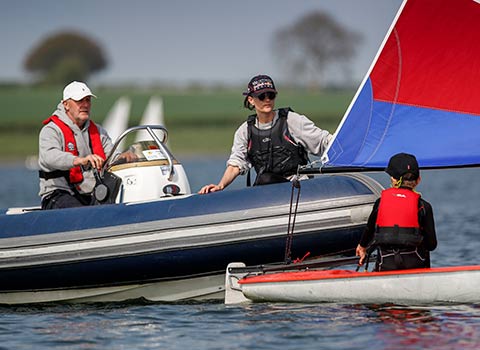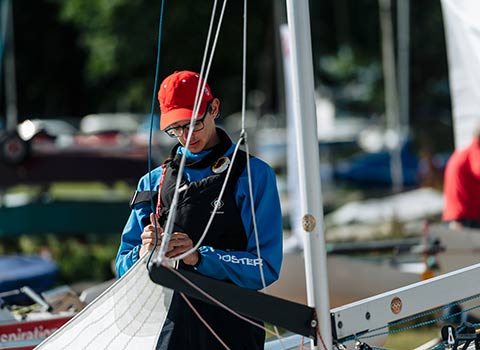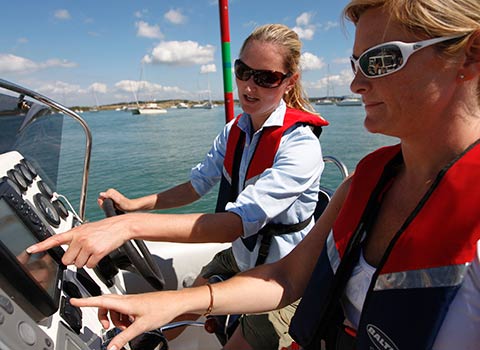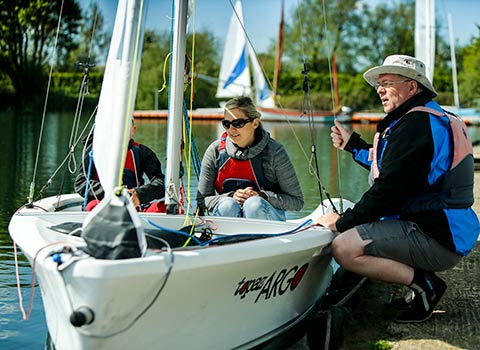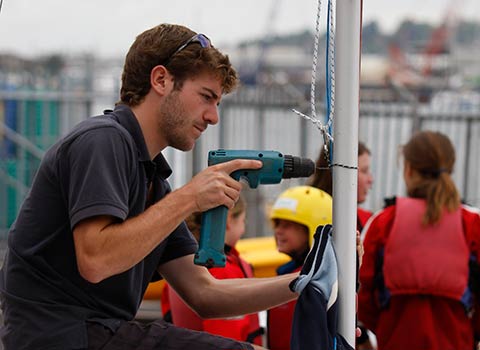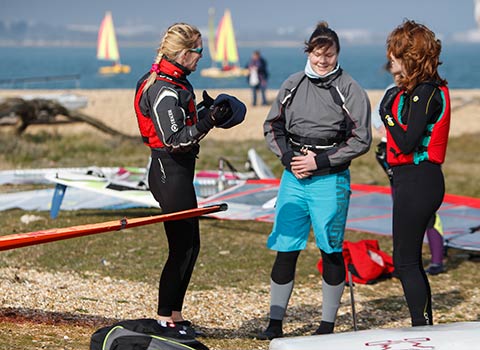Attitudes and behaviours
Safety culture is critical to ensuring safe activity on the water
It is difficult and time consuming to get right, but you know it when you see it.
You will find many definitions out there, but safety culture is likely to include
- Communication about safety issues founded on mutual trust
- Shared perceptions about the importance of safety
- Confidence in the measures in place
- Attitudes and behaviours of everyone involved – procedures are followed, incidents highlighted, lessons learned
- Competencies of everyone involved - proven skills, ability and knowledge
Look for:
Commitment and visibility
The time, budget and people committed to managing safety on the water and the active involvement of those that lead the organisation and have lead responsibility for safety.
Communication and involvement
Safety on the water is part of everyday conversations – questions are asked and responded to; and anyone is able to raise concerns, they are actively listened to and taken seriously. Staff and volunteers on the water see safety as a joint exercise, and they are involved in managing risk, identifying issues and improving practice.
Questions to ask - Attitudes and behaviours
1
Where is safety perceived to be in the organisation’s priorities?
2
Do people know who is responsible for safety?
3
How does everyone involved know this?
4
Is safety on the water part of the day-to-day conversations?
5
Are safety issues dealt with quickly?
6
Do decisions and checks about safety rely on one person and their judgement or are they backed by good processes and others either checking what is being done or endorsing the framework for decisions?
7
How are staff / volunteers involved in safety?
8
Are unsafe acts challenged?

